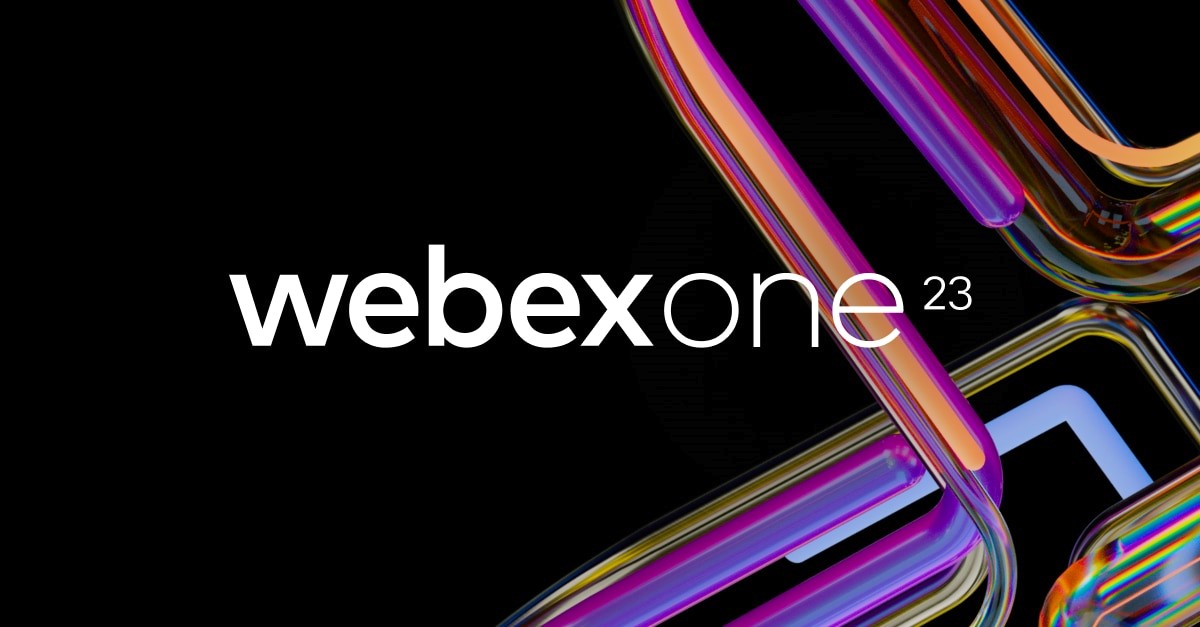My journey with Cisco and its Webex product began when I established Techaisle. At that time, Zoom was not even on the horizon. Initially, GoToMeeting was my go-to platform for presentation collaboration, but we eventually transitioned to Webex. However, we switched as the Techaisle team grew and MS Teams was introduced. In the past two years, I have expanded my toolkit to include Webex, the Webex Desk Pro, Webex Desk Mini, Webex camera, and most recently, the Bang & Olufsen Cisco 950 wireless earbuds. Besides Webex, I have used these devices with various platforms, including Zoom, Teams, and Google Meet. The interoperability has been impressive, and the performance of the Webex devices has been outstanding.
But I am getting ahead of myself.
The recent WebexOne event marked a significant shift and showcased a transformed platform. Webex has shed its old skin and emerged as a rejuvenated entity steered by a team of exceptional executives.
The digital revolution has reshaped the business landscape, with hybrid work becoming a cornerstone of modern corporate culture. Yet, the transition to hybrid work models is not without its challenges. Many organizations struggle to foster a consistent work culture and build high-performing teams in this new environment. Technological disparities, such as inconsistent internet connectivity, further complicate matters, impacting workforce productivity and inclusivity. This digital divide can lead to a sense of exclusion among employees facing connectivity issues, undermining the inclusivity of hybrid workplaces.
Webex is dedicated to helping organizations overcome these obstacles. By integrating Artificial Intelligence (AI) into its platform, Webex has enhanced its efficiency, user-friendliness, and audio, video, and language processing capabilities. The platform now boasts advanced noise cancellation, speech-to-text conversion, automatic camera framing, facial recognition, and real-time automatic language translation, making meetings more accessible and productive. These AI-driven enhancements were unveiled at the WebexOne 2023 event.















